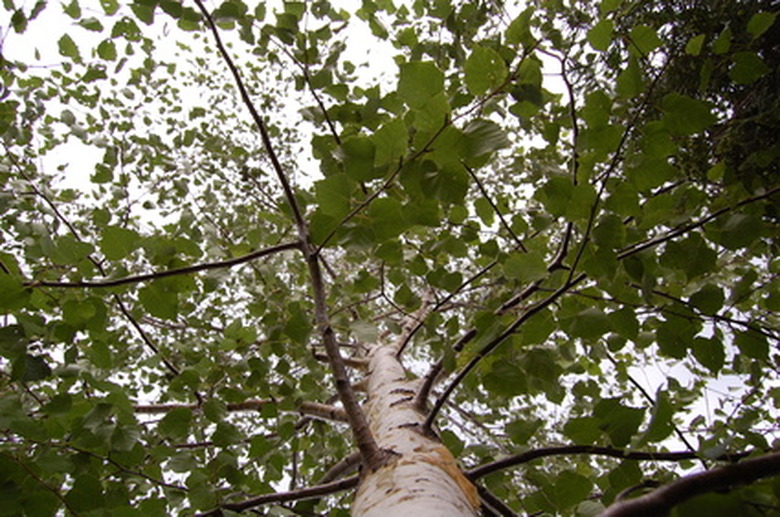What Is The Meaning Of Ash Trees?
First described in 1753 by Linnaeus, ash trees (genus Fraxinus) are found largely in the Northern Hemisphere, in Europe, North America and Asia. Depending on the species, ash trees can be tall–between 80 and 120 feet in height. They are deciduous, with pinnate (compound) foliage and alternate leaves. Some species, like Fraxinus ornus have clusters of feathery, cream-colored flowers, but many have insignificant, wind-pollinated blossoms. Ash trees are part of the Oleaceae or olive family, related to privet, lilac and forsythia. Ash trees have many meanings–symbolic, historic and even magical.
Spiritual and Religious Meaning
Ash trees have always had mystical and religious significance. In some European cultures, ash wood is burned because the smoke is thought to ward off evil spirits. In ancient Greece, the trees were dedicated to Poseidon, god of the seas, and to the sun. The ash is referred to as the "Tree of Life" from which humanity sprang in Norse mythology.
- First described in 1753 by Linnaeus, ash trees (genus Fraxinus) are found largely in the Northern Hemisphere, in Europe, North America and Asia.
- Depending on the species, ash trees can be tall–between 80 and 120 feet in height.
The Ash in Music and Poetry
"The Ash Grove" is the name of a traditional Welsh tune that has been used with several different sets of lyrics–some specific to ash trees, some just about rural themes–at different times and in different settings. Poets, especially Europeans, have often incorporated ash references in their works. Because of the ash's importance to the Norse people's, it is an integral part of the poetry that comprises Norse mythology.
The Language of Flowers
The language of flowers assigns sentiments and meanings to various blossoms. Long used in the Middle and Far East, this "language" was introduced in Europe in the eighteenth century. A hundred years later, Queen Victoria of England became an enthusiast, enhancing its popularity. In the language of flowers, blossoms from the ash tree symbolize grandeur.
- "The Ash Grove" is the name of a traditional Welsh tune that has been used with several different sets of lyrics–some specific to ash trees, some just about rural themes–at different times and in different settings.
- Because of the ash's importance to the Norse people's, it is an integral part of the poetry that comprises Norse mythology.
Magical Associations and Meanings
An Elizabethan herbalist, John Gerard, wrote that snakes were so afraid of the ash tree they would not dare even to slither over its morning or evening shadow. Wearing ash leaves near the body–in a pocket or stuffed in a boot–was viewed as a snake deterrent in some societies. In traditional English folklore, the common ash, Fraxinus excelsior, could also cure warts. The offending wart was pricked with a new pin, after which the pin was thrust into an ash tree and left there. The wart would disappear because the ash tree would take it from the pin and eliminate it. Hernia sufferers could walk through a cleft in an ash and be cured of that affliction.
Medicinal Significance
In the fourth century BC, the physician Hippocrates used a preparation derived from the ash tree to cure gout and rheumatism (arthritis). Historically, various parts of the trees have been compounded into tonics, diuretics and laxatives. When used fresh, the sap is a disinfectant and bark decoctions were valuable as astringents before the advent of more sophisticated products. In "A Modern Herbal," Mrs. M. Grieve noted that traditional healers (pre-twentieth century) combined ash leaves with white wine to cure kidney stones. Modern foot care products have replaced ash leaves, which, in centuries past, were placed in shoes or boots as a way of refreshing tired feet.
- An Elizabethan herbalist, John Gerard, wrote that snakes were so afraid of the ash tree they would not dare even to slither over its morning or evening shadow.
- In "A Modern Herbal," Mrs. M. Grieve noted that traditional healers (pre-twentieth century) combined ash leaves with white wine to cure kidney stones.
References
- The Language of Flowers: Ash Tree
- "A Modern Herbal"; Mrs. M. Grieve; 1931.
